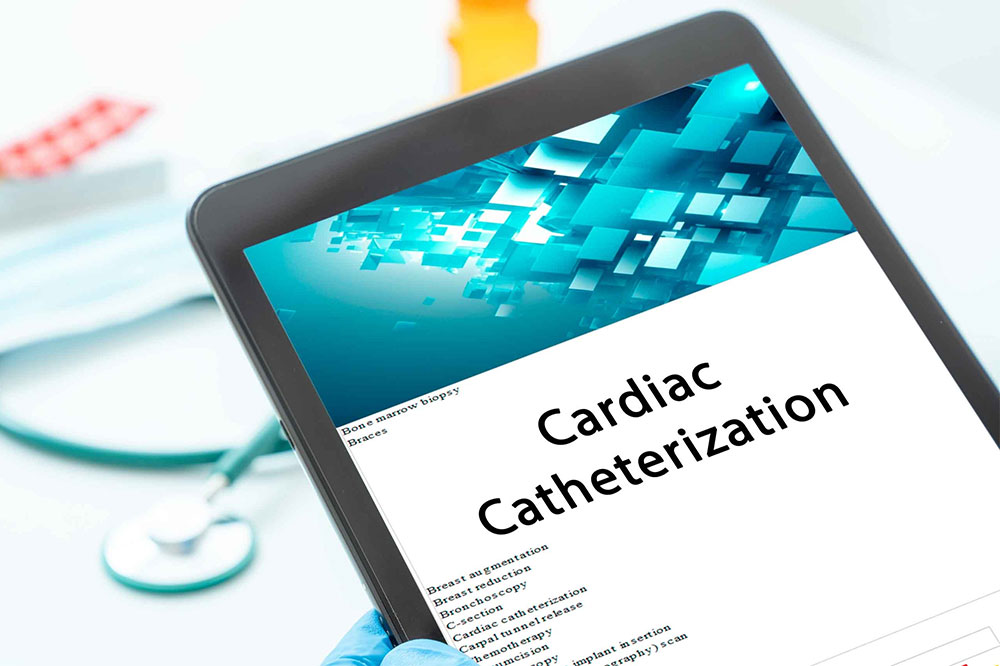Comprehensive Guide to Cardiac Catheterization Procedure
This comprehensive guide explains cardiac catheterization, a key procedure for diagnosing and treating heart conditions. It covers how the process works, its uses like angioplasty, valve replacement, and stent placement, along with preparation and post-procedure care. Understanding this minimally invasive technique can help patients make informed decisions about their cardiovascular health, reducing the need for more invasive surgeries. Always consult medical professionals for personalized advice and treatment plans.

Comprehensive Guide to Cardiac Catheterization Procedure
Cardiac catheterization, also known as heart catheterization, is an essential diagnostic and therapeutic procedure for various heart conditions. It enables doctors to detect issues such as blockages, valve abnormalities, and structural defects. The procedure is often recommended for symptoms like chest pain or irregular heartbeat. During this minimally invasive process, a thin tube called a catheter is inserted into a blood vessel, typically in the groin, arm, or neck, to reach the heart for detailed examination and intervention.
What is cardiac catheterization?
Cardiac catheterization involves inserting a slender, flexible tube into blood vessels to evaluate heart function. This invasive test can also facilitate procedures like valve repair or replacement, reducing the need for open-heart surgery.
Typically performed in a specialized lab, a cardiologist leads the procedure with a team of nurses and technicians. The specialist uses imaging techniques to guide the catheter through blood vessels to the heart, identifying issues such as blockages or valve problems. They may perform additional interventions like angioplasty or stent placement during the same session.
How the procedure works
The cardiologist inserts a catheter into a blood vessel, often in the groin or arm, and guides it toward the heart. Contrast dye is then injected through the catheter, and X-ray images are captured to observe blood flow, vessel structure, and heart chambers. This helps in diagnosing blockages, leaks, or structural abnormalities. Different types include right heart and left heart catheterizations, performed based on the diagnostic need.
Common uses of cardiac catheterization
Angioplasty: A balloon catheter is used to open clogged arteries by pushing plaque aside.
Valve replacement: Minimally invasive procedures like TAVR are performed to replace faulty valves.
Repair of congenital defects: Structural issues present from birth are corrected via catheter-based techniques.
Stent placement: A mesh tube is inserted to keep arteries open after removing blockages.
Biopsy: A small tissue sample is taken to detect cellular abnormalities.
Preparation for the procedure
Patients should provide their complete medical history, including allergies to iodine, latex, or contrast agents. Fasting for 6-8 hours before the procedure is usually required. Post-procedure, patients are monitored for any complications such as chest pain or dizziness. If symptoms like shortness of breath or fever occur, immediate medical attention should be sought.









